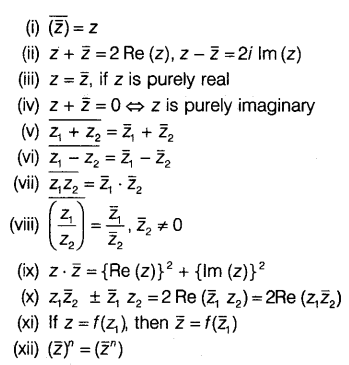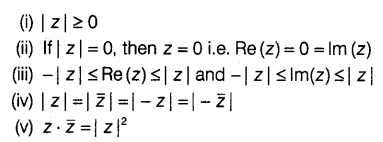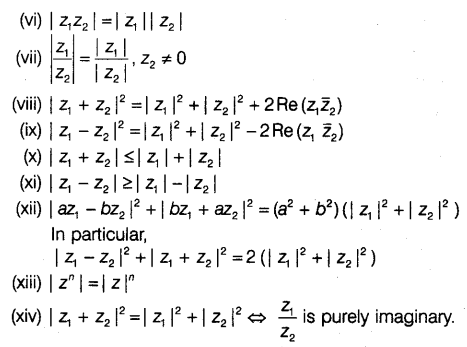Linear Inequalities class 11 Notes Mathematics
- Inequalities – Algebraic Solutions and Graphical Representation
- Graphical Solution of Linear Inequalities
- Solution of System of Linear Inequalities
- Inequalities: Two real numbers or two algebraic expressions related by the symbols <, >, ≤ or ≥ form an inequality. For example: 3x<20, 4x+y<12.
- Equal numbers may be added to (or subtracted from) both sides of an inequality.
- Both sides of an inequality can be multiplied (or divided) by the same positive number. But when both sides are multiplied (or divided) by a negative number, then the inequality is reversed.
- Linear Inequality: An inequality is said to be linear, if each variable occurs in first degree only and there is no term involving the product of the variables.
.
- Closed Interval: If
and
are real numbers, such that
then the set of all real numbers
such that
is called a closed interval and is denoted by R. Therefore,
.
- Open Interval: If
and
are real numbers, such that
then the set of all real numbers
such that
is called a open interval and is denoted by
or
. Therefore,
.
- Solution of an Inequality: The values of x, which make an inequality a true statement, are called solutions of the inequality.
- To represent x < a (or x > a) on a number line, put a circle on the number and dark line to the left (or right) of the number a.
- To represent x ≤ a (or x ≥ a) on a number line, put a dark circle on the number and dark the line to the left (or right) of the number x.
- If an inequality is having ≤ or ≥ symbol, then the points on the line are also included in the solutions of the inequality and the graph of the inequality lies left (below) or right (above) of the graph of the equality represented by dark line that satisfies an arbitrary point in that part.
- If an inequality is having < or > symbol, then the points on the line are not included in the solutions of the inequality and the graph of the inequality lies tothe left (below) or right (above) of the graph of the corresponding equality represented by dotted line that satisfies an arbitrary point in that part.
- To remove the denominator when the sign of the value of the denominator is unknown, may be +ve or -ve: We multiply by the square of the denominator. Square of the denominator is always positive. On multiplication of an inequation by a positive number the sign of inequality does not change.
- Solution of a system of Linear Inequality: The solution set of a system of linear inequality in one variable is defined as the intersection of the solution sets of the linear inequality of the system. For example: If we have two solution sets
and
then solution of the system is the intersection of and
i.e.,
- Properties of absolute values:
(i)i.e.,
(ii)i.e.,
(iii)or
i.e.,
(iv)or
i.e.,
- Triangle Inequality:
,
To find plane containing the origin:
– If the origin satisfies the inequality of the half of the half plane, then the half plane contains the origin. This inequality represents the half plane containing origin.
– If the origin does not satisfy the inequality of the half of the half plane, then the half plane does not contain the origin. This inequality represent the half plane, which does not contain the origin.
– Shading: A line divides the plane in two half planes. We check whether the given half plane contains the origin. If so, then the inequality represents the half plane containing the origin and we shade the half plane.
– If the origin does not satisfy the inequality, then the inequality represents the other half plane not containing origin and we shade this half plane.
– Graphical Solution of Linear Inquality in two variables: After identification of the half plane, we shade the half planes of the given inequality. The points of the enclosed area of the shaded portion are the solution of the given system of inequality.



